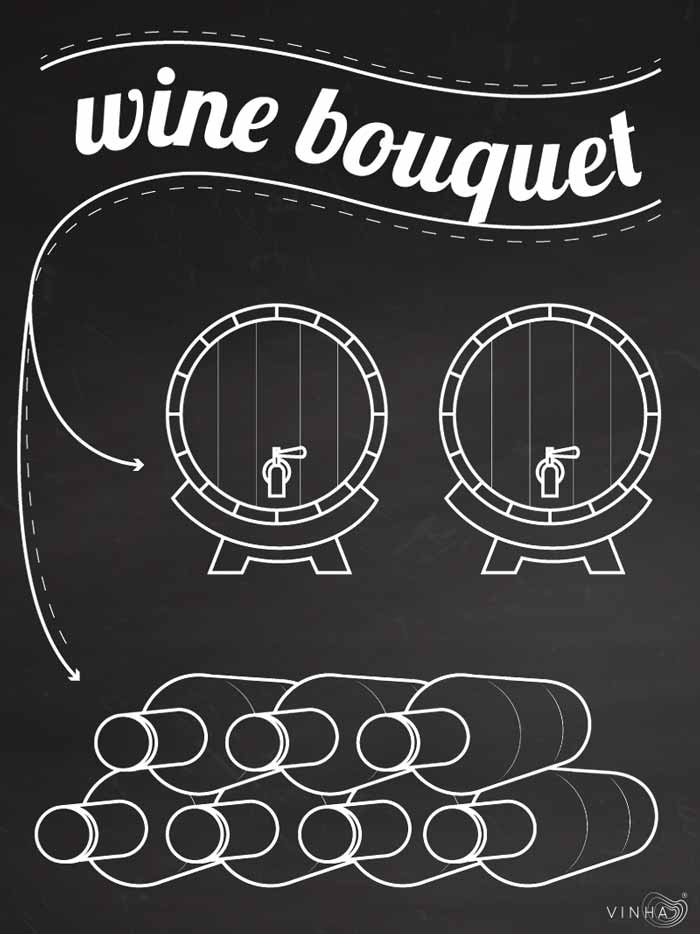
The scent of a young wine is a mix of grape’s aromas and alcoholic fermentation. But with time, the aromatic profile changes, giving place to the so called bouquet.
What is the bouquet?
Also known as the tertiary aromas, it is the scent developed during the alcoholic fermentation which result from the process and aging methods (in cask or in the bottle).
The bouquet can have an oxidative (when being aged in wood, wine has contact with the air, which oxidizes it) or reduction nature (when aged in the bottle, the aromas are protected from the air).
For those who look for more complex wines, choosing wines with bouquet may be the right choice. It will be in the bottle that a wine’s scent will actually be intensified and diversified, acquiring new aromas and transforming itself during the years. An aged wine can have in its bouquet notes of mushrooms, truffles or cooked fruits, for exemple.
These differentiated aromas are the ones that mark a wine’s style, given it changes through time, by the influence of oxygen and temperature. These are the aromas that are frequently appreciated by wine lovers looking for history and emotion in a wine.
On the other hand, these may not easily please all the beginners in the world of wine.
Bouquet should always be calmly interpreted because it takes time to be discovered, so that we can really know what a particular wine has to offer us.
Cheers!


